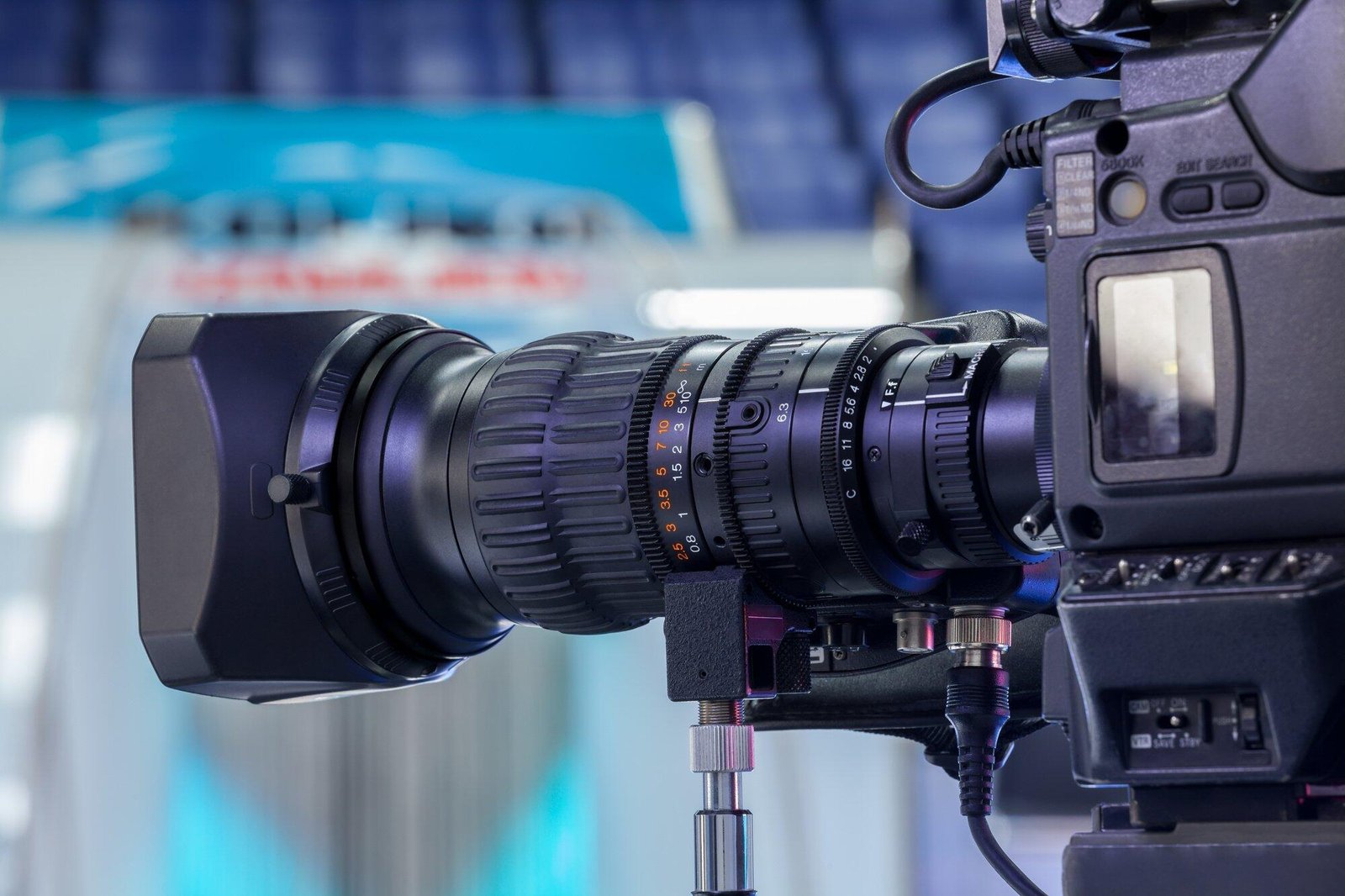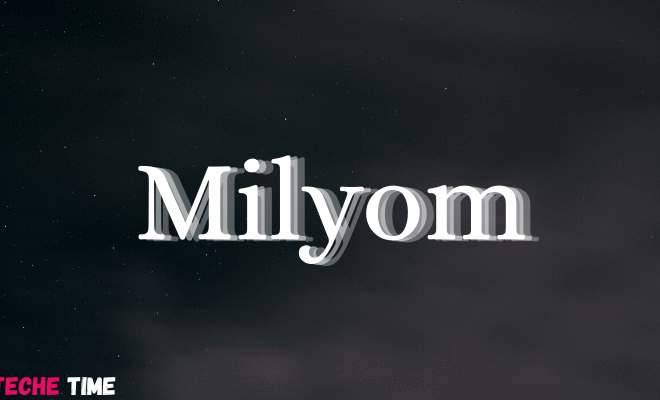
Guide to Choosing the Right Film Equipment Insurance for You
Ever had that nightmare where your precious lens kit turns to dust, or your drone decides to swim with the fish? That’s your cue for film equipment insurance!
This ain’t your ordinary snooze-fest on coverage. We’re talking full-on, behind-the-scenes guardian angel stuff. So, if you want to keep slaying those cinematic dragons without the financial fire breath toasting your bank account, lean in.
It’s time to raise the curtain on the real MVP of showbiz. Prepare for the real life-saver by reading this guide to choose the right insurance for you.
Let’s get into it!
Assess Your Equipment Value
Before you even start browsing different types of insurance, you need to know what you’re working with. Take inventory of all your gear including:
camera
lenses
lighting equipment
audio gear
tripods
memory cards
batteries
Make a list of each item, its value, and when you purchased it. This is an important step because the value of your camera equipment might change over time. So do some research and find out the current market prices for each item on your list.
Keep in mind that used equipment may have a lower value than new ones. However, it’s still important to include it in your assessment as it can still incur significant costs to replace if damaged or stolen.
Determine Your Coverage Needs
Now that you have a list of the value and the type of equipment you have, it’s time to determine what kind of coverage you need. To help you decide, here are some common types of film equipment insurance policies:
Inland Marine
This type of policy is specifically designed to cover property in transit over land. It’s particularly beneficial for filmmakers who often transport their gear to various shooting sites, protecting against losses from:
theft
accidents
damage during transit
Furthermore, this policy can be tailored to cover equipment left on-site, providing peace of mind for those overnight or extended shoots away from the safety of a studio.
All Risk
“All Risk” insurance covers a broad spectrum of possible mishaps, from accidental drops to weather-induced damages. Unlike specific peril policies, this caters to the unpredictable nature of on-set life, where anything that can go wrong just might.
It’s the go-to choice for filmmakers seeking maximum protection and minimal exclusions, as it can
cover scenarios that are often beyond one’s control.
Named Peril
These policies are a more specified form of coverage, where only the dangers specifically listed in your policy are insured against. This can include events like:
fire
vandalism
lightning strikes
Picking this insurance could potentially lower your premiums, but remember it won’t cover unlisted accidents and mishaps.
Short-Term and Annual Policies
Short-term policies cater to those who need coverage for a specific project or a limited time frame. This makes it cost-effective for short shoots or one-off events.
On the other hand, annual policies offer year-round protection, ideal for production companies or freelance producers with ongoing projects or multiple shoots throughout the year.
It’s crucial to weigh the frequency and scale of your filming activities to decide which option gives you the best financial sense and coverage.
Compare Policies and Providers
Once you have determined your coverage needs, it’s time to start comparing policies and providers. Look for reviews and ratings, and consider reaching out to other filmmakers for recommendations.
It’s also wise to carefully read through the terms and conditions of each policy. Don’t hesitate to ask questions or seek clarification on any unclear points.
Look for Flexible Payment Options
After nailing down the kind of insurance that fits your needs, you need to think of cash flow. Some policies let you pay month-to-month, and some need the cash upfront.
Find that sweet spot where you’re covered without breaking the bank. Also, don’t be afraid to negotiate for payment plans that work best for you.
Remember, insurance providers want your business and may be willing to accommodate your needs.
Make Sure Your Premium Matches Your Risk
Don’t be tempted to skimp on your premiums, as it could end up costing you in the long run. Consider the value of your equipment and the level of risk involved in each project.
If you’re working with high-value gear or filming in risky environments, it’s worth paying a higher premium for better coverage. However, if your equipment is inexpensive and you’re working on low-risk projects, you may be able to save some money by opting for a lower premium.
Keep Your Policy Up-to-Date
Make sure to review and update your policy regularly. If you purchase new equipment or sell old gear, make sure to include these changes in your policy.
It’s also best to inform the insurance company if you plan on traveling abroad with your gear, as some may have limitations on international coverage. In case of any changes, always review your policy to make sure your coverage is still adequate and meets your needs.
Consider Bundling Your Insurance
If you have multiple insurance needs, such as liability or production insurance, consider bundling them with your film equipment insurance. This can potentially save you money on premiums and make it easier to manage all of your policies in one place.
Verify Fast Claims Processing and Support
In the unfortunate event that you have to file a claim, make sure your provider has a track record of fast and efficient claims processing. Nothing is more frustrating than waiting weeks or even months for coverage after an accident.
For instance, if you accidentally break your camera just before a big shoot, you’ll want to make sure your provider can give fast assistance in replacing the equipment. This will ensure that your production doesn’t get delayed.
Keep in mind that when you’re in the filmmaking business, having a Camera Insurance isn’t a luxury,
it’s a necessity. Ensuring it is protected with the right policy means you can focus on capturing the perfect shot, not on the cost of a potential mishap.
Tips for Choosing the Best Film Equipment Insurance
Safeguarding your tools of creation is not a mere checkbox on your grand to-do list. It’s an essential chord in your artistic opus that ensures the show goes on, whatever the fickle fates toss your way.
Equip yourself with the armor of the right film equipment insurance, and march confidently into your next cinematic battle. Ready to wrap your gear in the security blanket it deserves? Reach out to a trusted insurance provider today!
Did you find this article helpful? Check out the rest of our blog now!








